February 26, 1993 Commemoration
Each year on February 26, victims’ families, survivors, downtown residents, and city and state officials mark the anniversary of the 1993 World Trade Center bombing with a moment of silence, the tolling of a bell, and a reading of the names of the six victims of the first terror attack at the site.
The Bombing
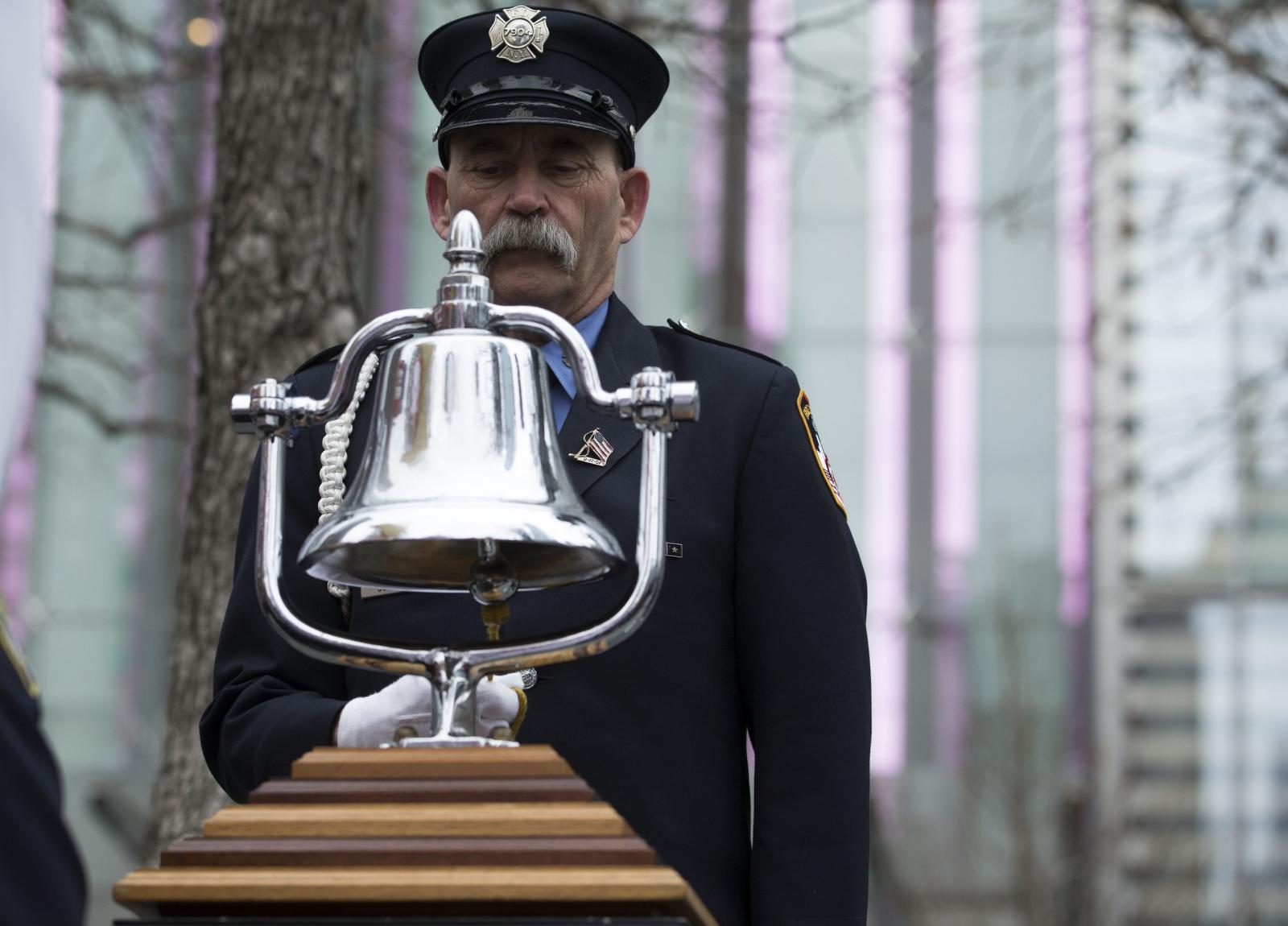
On February 26, 1993, at 12:18 p.m., a small cell of terrorists, with links to a local radical mosque and broader Islamist terror networks, detonated approximately 1,200 pounds of explosives in a rental van in the underground parking garage at the World Trade Center. The explosion created a five-story, 150-feet-wide crater, filled with 4,000 tons of rubble, in the sub-grade levels of the towers and undermined the floor of an adjoining hotel.
Hundreds of WTC tenants and visitors were trapped in elevators and on the observation deck, and thousands of others in the towers began to evacuate before first responders reached them. Within minutes, the North Tower lobby filled with thick black smoke. Reports of those trapped in the buildings soon overloaded the city’s 911 system.
Local, state, and federal agencies responded to the incident and contributed to what was then the largest coordinated rescue effort in New York City history. Some Port Authority of New York & New Jersey staff with specialized knowledge of the building remained in the towers to assist with the evacuation and rescue. New York City Police Department helicopters transported rescue personnel to the roof to assist in stairway evacuations of tenants on the upper floors.
The general evacuation of WTC tenants took more than four hours. Rescuers checked more than 200 elevator cars—freeing trapped people from 45 of them—and searched each floor of the World Trade Center complex, more than eight million square feet of space. Later that evening, 28 people with medical conditions, including one woman in labor, were escorted to the roof by NYPD and airlifted to an EMS staging area.
The Aftermath
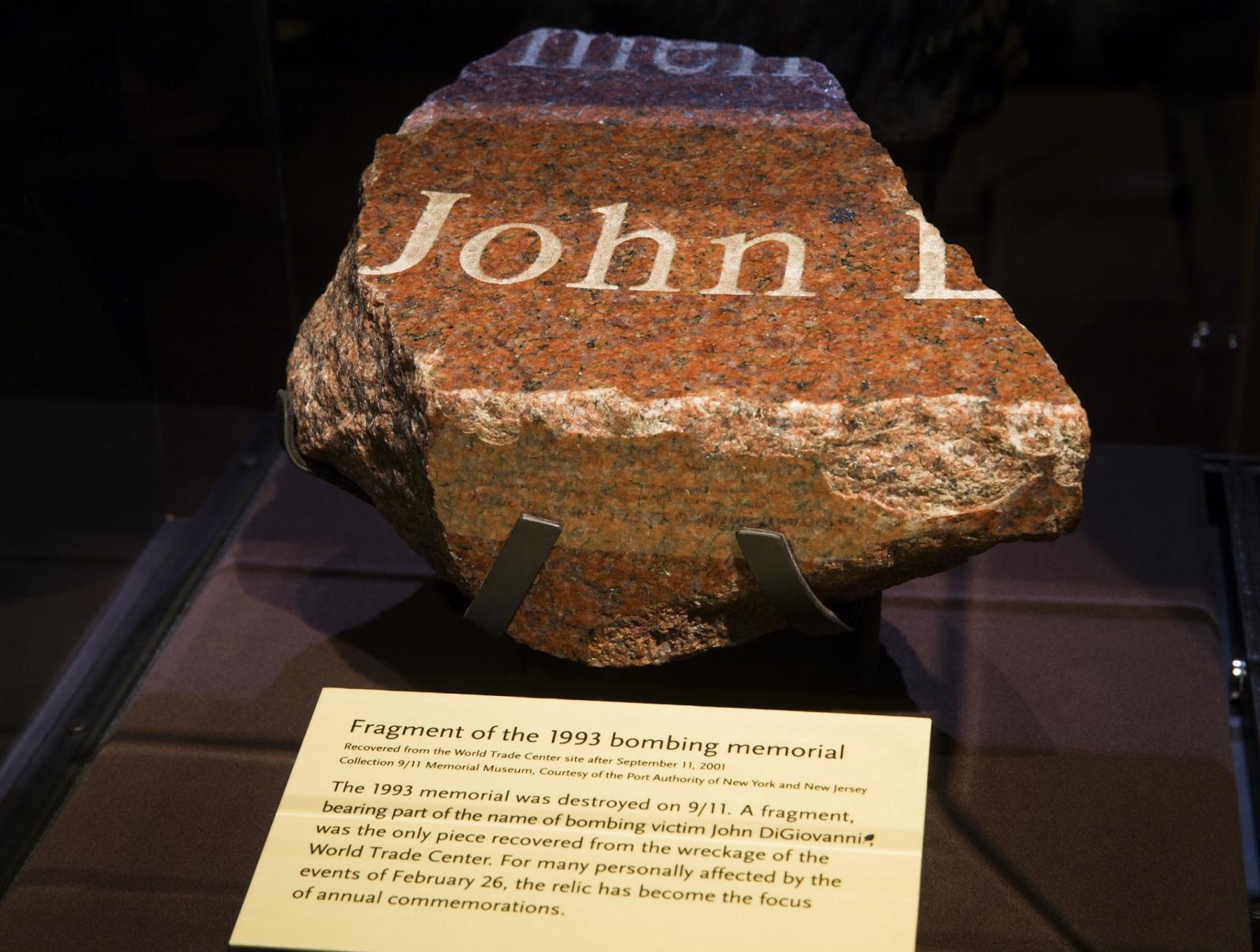
The terrorist attack killed six people. The victims were John DiGiovanni, Robert Kirkpatrick, Stephen Knapp, William Macko, Wilfredo Mercado, and Monica Rodriguez Smith, who was pregnant.
More than 1,000 people were injured, including 88 firefighters, 35 police officers, and an emergency medical services worker. About 50,000 people evacuated from the WTC complex.
Stories of perseverance emerged. Some 1993 survivors would go on to become "dual survivors," living through both the bombing and 9/11.
Recovery work was underway only hours after the attack. Power was quickly restored to integral locations, and the lights in the towers were turned on that evening to demonstrate resiliency. Port Authority staff worked around the clock to enable a reopening of the complex in March. The entire rebuilding effort continued for approximately 20 months.
By the end of the decade, the WTC had achieved a renaissance. A combination of the modernization of the complex and a tenant-friendlier approach led to an occupancy rate of more than 95 percent. The WTC had not only revitalized itself in the aftermath of a major attack, but had spurred the revitalization of the downtown area.
Artifacts
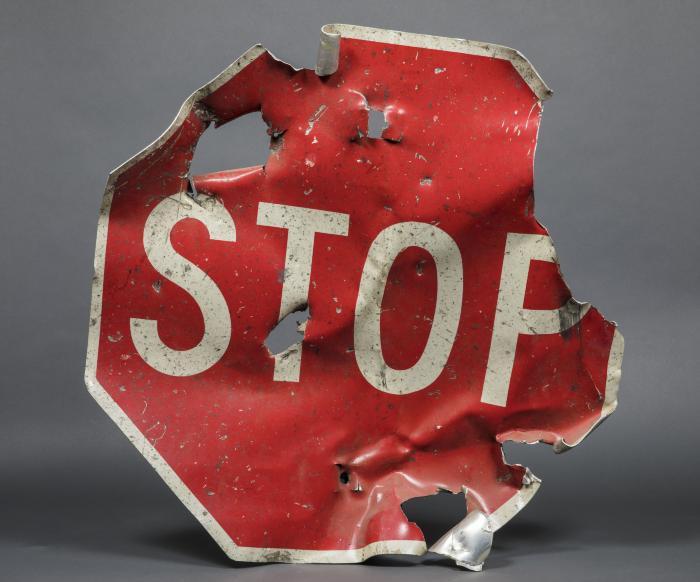
Collection 9/11 Museum, Gift of Justin M. Spivey. Photo by Jin S. Lee.
The 9/11 Memorial Museum's permanent collection holds an array of artifacts from the bombing and subsequent investigation.
After the 1993 bombing, two memorials commemorated the victims of the attack. First, a brass plaque bearing the victims' names was installed near the location of the bomb on the B-2 level of the North Tower. A memorial fountain was later dedicated on the Plaza between the towers. Both memorials were destroyed in the attacks of September 11, 2001. A small piece of the fountain was recovered and rededicated on February 26, 2005, the 12-year anniversary of the bombing. The memorial fragment was donated to the 9/11 Memorial Museum’s permanent collection by the Port Authority of New York and New Jersey.
Among the other items in the collection related to the 1993 bombing are a mangled stop sign; a glass window fragment; a police officer's evacuation notes; a goodbye letter from a father trapped in an elevator; a mug welcoming returning tenants back to the World Trade Center; and a twisted hunk of metal that helped investigators identify the bombers.
Explore images of some of the artifacts in the 9/11 Memorial Museum's permanent collection related to the February 26, 1993 World Trade Center bombing.
Timeline

Collection 9/11 Museum, Gift of the Cami family. Drawing by Christine Cornell.
Our interactive timeline of the 1993 bombing explores the World Trade Center's history, from the site's conception to the first attack and its aftermath. For more on the 1993 bombing, read our blog post outlining the events of the 1993 attack. Our blog also features artifacts, first-person accounts, and historical information about the World Trade Center site both before, during, and after the attacks.
9/11 Memorial Glade
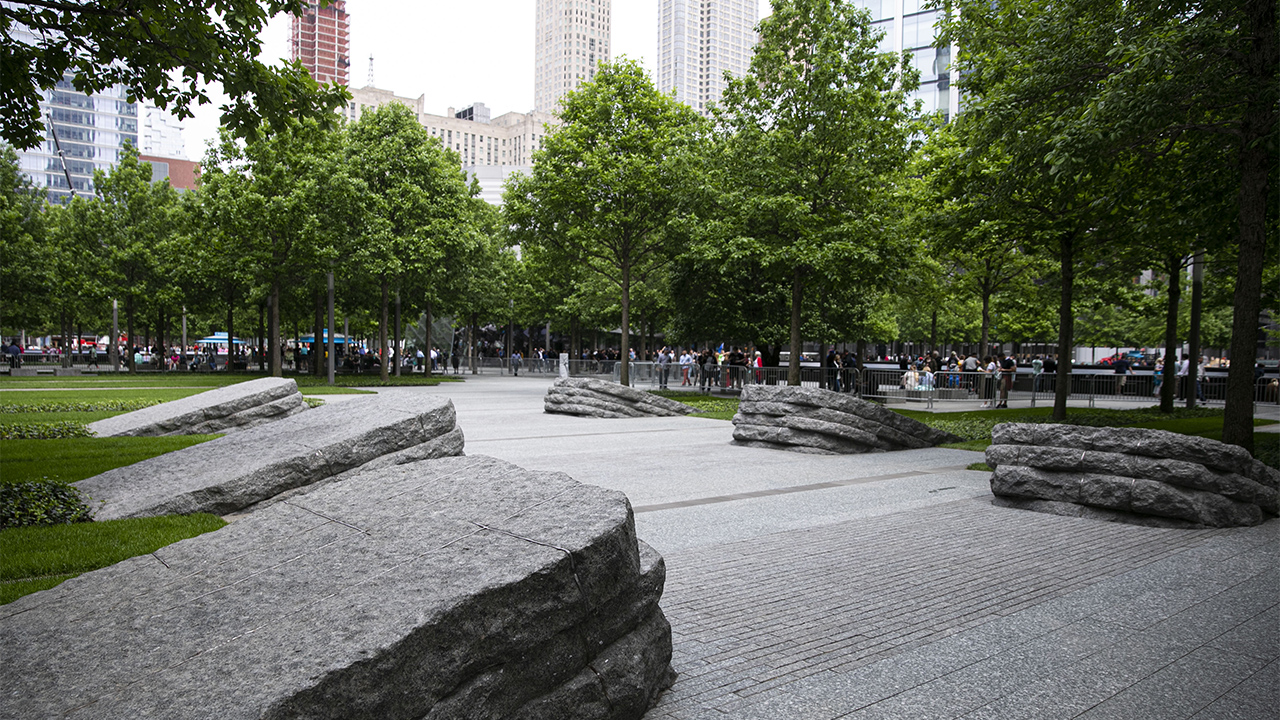
The Glade honors those who are sick or have died from exposure to toxins in the aftermath of 9/11.
Lesson Plans
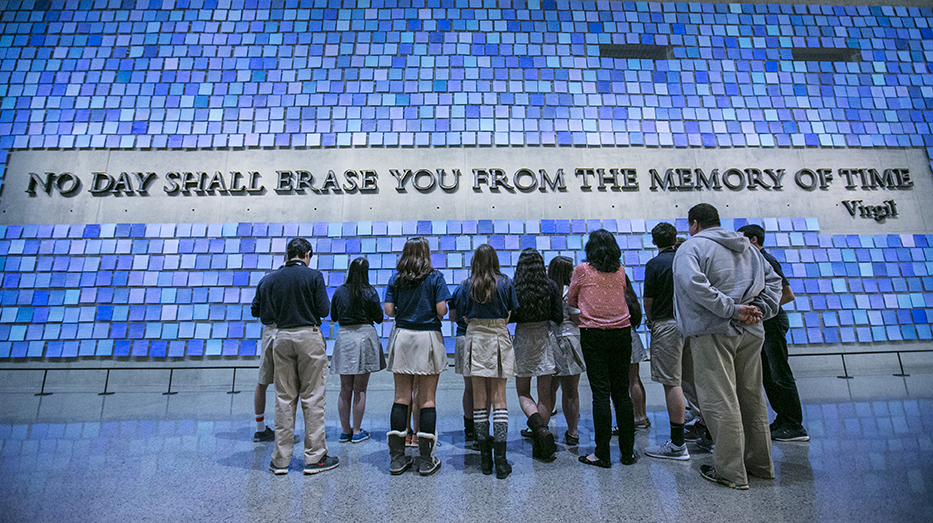
Explore a host of inquiry-based lesson plans for K to 12 students and their teachers.